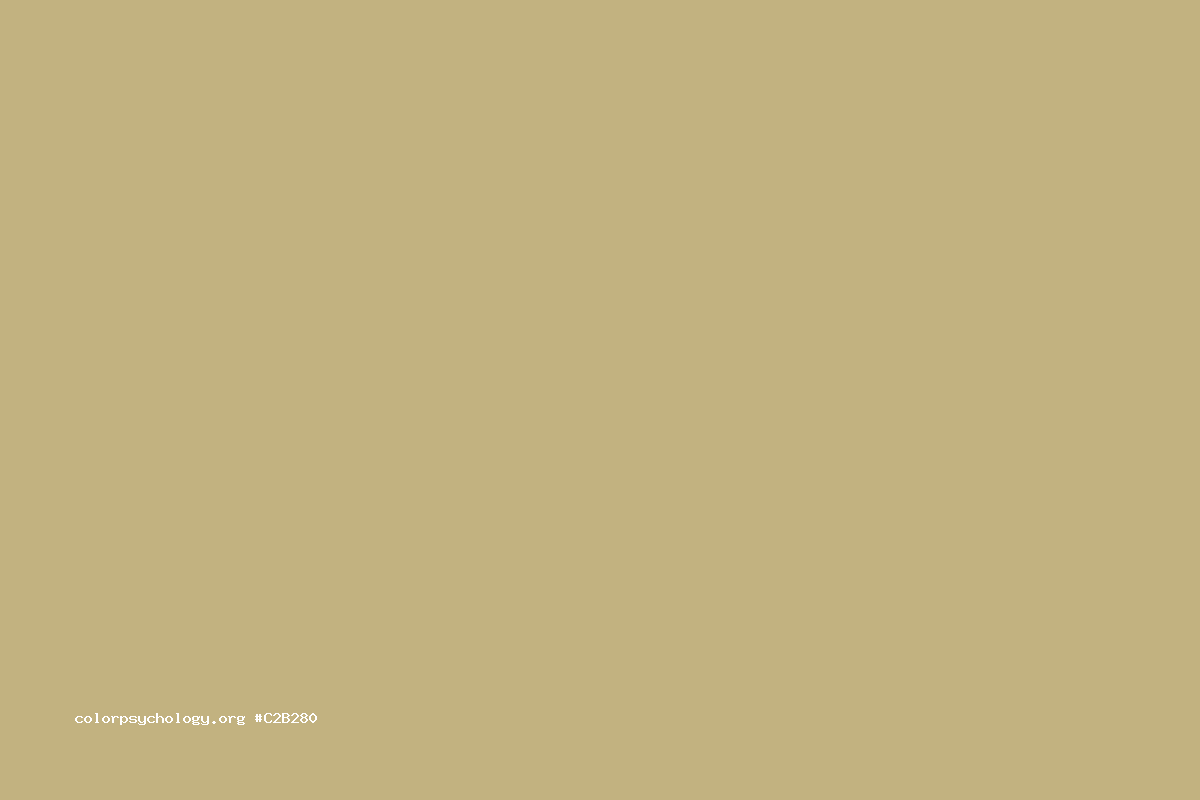Ecru is a soft, off-white color with a hint of warmth that evokes a sense of naturalness and simplicity. Its hex code is #C2B280, a blend of red, green, and blue values resulting in a creamy, slightly yellowed hue.
|
Triad
A triad color scheme consists of three colors evenly spaced on the color wheel.
|
|
|---|---|
|
Tetrad
A tetrad color scheme uses four colors arranged into two complementary pairs.
|
|
|
Monochromatic
A monochromatic color scheme uses variations in lightness and saturation of a single color.
|
|
|
Analogous
An analogous color scheme uses colors that are adjacent to each other on the color wheel.
|
|
|
Split Complements
A split-complementary color scheme uses a base color and the two colors adjacent to its complement.
|
Ecru Tints & Shades
|
Tints
Tints are created by adding white to a base color, resulting in lighter variations of the original color.
|
|||||||||
|---|---|---|---|---|---|---|---|---|---|
|
#c8b98c
|
#cec199
|
#d4c9a6
|
#dad0b2
|
#e0d8bf
|
#e6e0cc
|
#ece7d8
|
#f2efe5
|
#f8f7f2
|
#ffffff
|
|
Shades
Shades are created by adding black to a base color, resulting in darker variations of the original color.
|
|||||||||
|
#aea073
|
#9b8e66
|
#877c59
|
#746a4c
|
#615940
|
#4d4733
|
#3a3526
|
#262319
|
#13110c
|
#000000
|
Create Color Palettes with Ecru
The Meaning and History of Ecru
The term “ecru” comes from the French word “écru,” meaning “unbleached” or “raw.” This refers to the natural color of untreated fabric, particularly linen, and silk, before it undergoes any dyeing or bleaching processes.
Historically, ecru has been valued for its organic, unrefined appearance, which aligns with the popularity of natural and rustic aesthetics in various design eras. In the late 19th and early 20th centuries, ecru was a common color choice for textiles and clothing, as it represented a departure from the stark whites and bold colors of the Victorian era.
Today, ecru continues to be appreciated for its understated elegance and versatility. It is often used as a neutral backdrop or accent color in interior design, fashion, and graphic design.
Uses of Ecru in Marketing, Business, and Design
In branding and marketing, ecru is frequently employed to communicate a sense of authenticity, sustainability, and natural quality. Many eco-friendly and organic brands incorporate ecru into their packaging and visual identity to reinforce their commitment to natural and unprocessed products.
In the realm of web design, ecru serves as an excellent background color, providing a subtle warmth and softness that complements a wide range of color schemes. It can be paired with bolder colors to create visual interest or combined with other neutrals for a minimalist, sophisticated look.
Interior designers often turn to ecru when seeking to create a serene, inviting atmosphere. Its inherent warmth and naturalness make it an ideal choice for spaces meant to promote relaxation and comfort, such as bedrooms, living rooms, and spa-like bathrooms. Ecru can be easily incorporated through textiles, wall colors, or decorative elements, and it pairs well with a variety of design styles, from rustic to modern.

The Psychology of Ecru
From a psychological perspective, ecru is associated with feelings of calmness, simplicity, and comfort. Its natural, earthy tones can evoke a sense of groundedness and stability, making it an excellent choice for environments where a sense of tranquility and relaxation is desired.
In color psychology, ecru is thought to promote feelings of contentment and well-being. Its subtle warmth and association with natural materials can foster a sense of connection to the environment and an appreciation for life’s simple pleasures.
However, it’s important to note that an overabundance of ecru can sometimes lead to a feeling of blandness or lack of visual interest. To avoid this, it’s best to use ecru in combination with other colors, textures, and patterns to create depth and dimension in a design.
When applied thoughtfully, ecru can be a powerful tool for creating spaces and designs that feel authentic, inviting, and effortlessly sophisticated. Its timeless appeal and adaptability make it a popular choice across a broad spectrum of industries and applications.
In conclusion
Ecru, with its soft, natural appearance and inherent warmth, is a color that embodies simplicity, comfort, and understated elegance. Whether used in branding, web design, interior spaces, or fashion, ecru has the power to create an atmosphere of tranquility and authenticity. By understanding its history, psychological associations, and design applications, one can effectively harness the subtle beauty of ecru to craft compelling and inviting visual experiences.
I absolutely loved this post! Ecru has always intrigued me with its subtle elegance. The way you explained its meaning and psychological associations was really helpful. I never realized how versatile this color could be in design. Thank you for shedding light on the hex code as well!